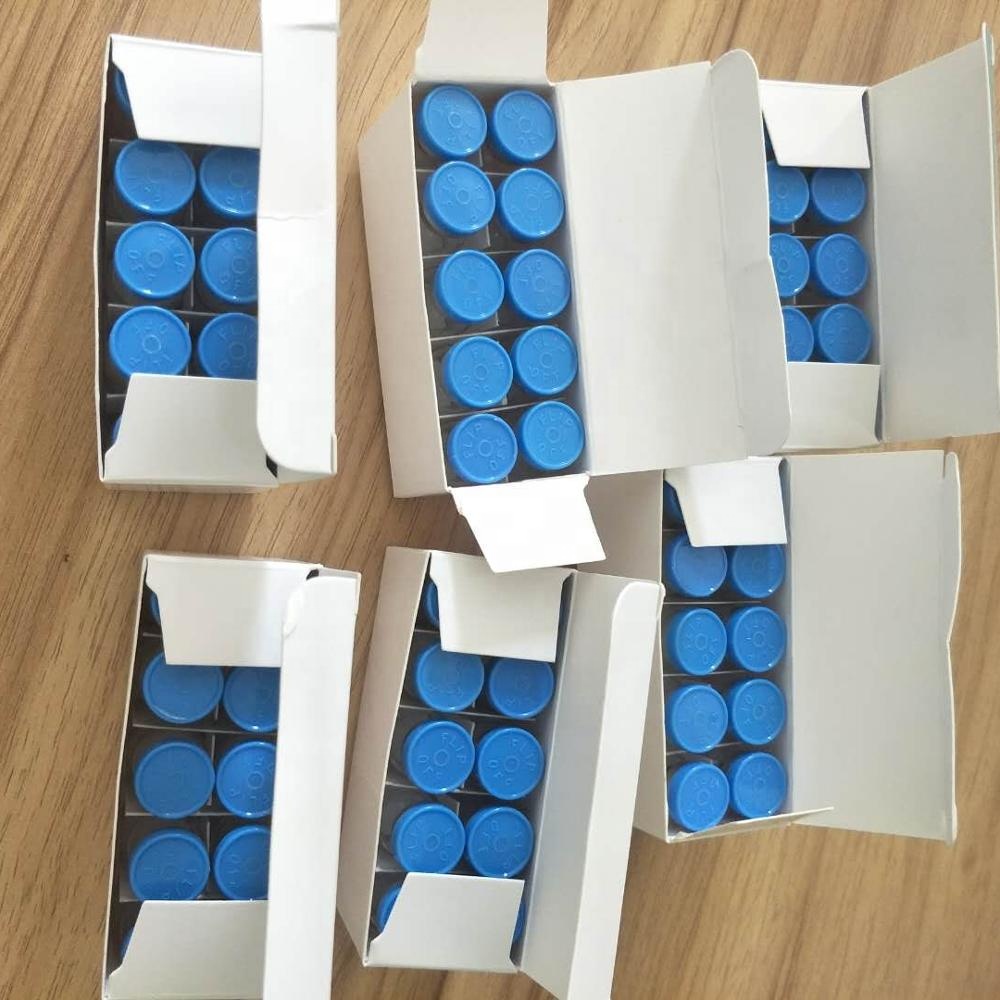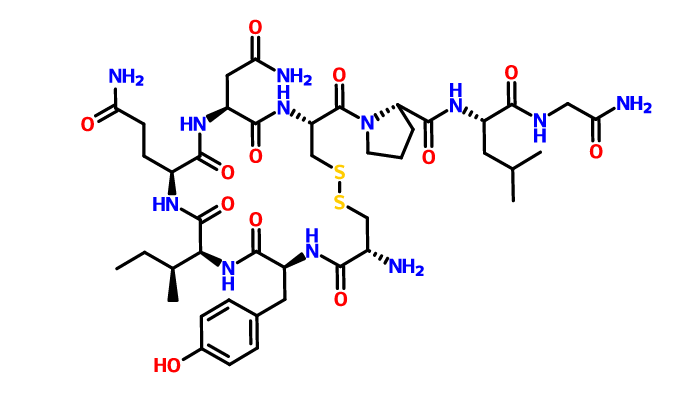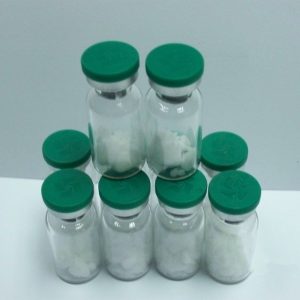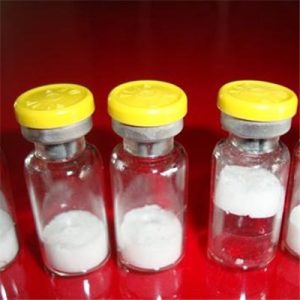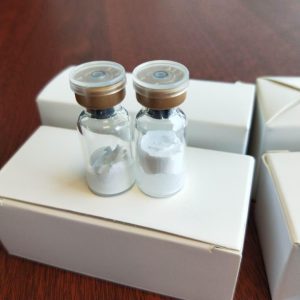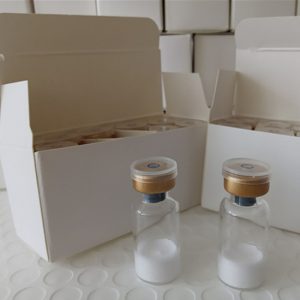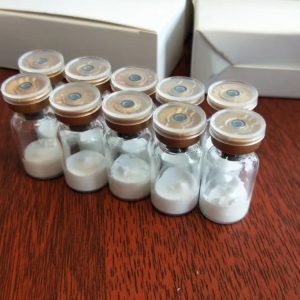Oxytocin peptide hormone and neuropeptide normally produced in the hypothalamus and released by the posterior pituitary. Present in animals since early stages of evolution, in humans it plays roles in behavior that include social bonding, reproduction, childbirth, and the period after childbirth. Oxyto is released into the bloodstream as a hormone in response to sexual activity and during labour. It is also available in pharmaceutical form. In either form, oxytocin stimulates uterine contractions to speed up the process of childbirth.
In its natural form, it also plays a role in maternal bonding and milk production. Production and secretion of oxyto is controlled by a positive feedback mechanism, where its initial release stimulates production and release of further It. For example, when oxyt is released during a contraction of the uterus at the start of childbirth, this stimulates production and release of more oxyto and an increase in the intensity and frequency of contractions. This process compounds in intensity and frequency and continues until the triggering activity ceases. A similar process takes place during lactation and during sexual activity.
Oxytocin Benefits:Oxytocin and social behavior
Oxytocin is a stress hormone, but it’s actually a neurohormone that acts directly on the function and operation of nerves in the brain. Peptide Oxytocin doesn’t just work on the brain, but also benefits the body, such as protecting people’s cardiovascular function from damage caused by stress.
It is also a natural anti-inflammatory and helps blood vessels stay relaxed when dealing with stress. Now we should know: why stress makes us healthier. The reason is that stress causes our bodies to release oxytocin.
Oxytocin also regulates the brain’s social instincts, encouraging people to socialize with others; moreover. It makes people crave hugs or contact from friends or family (also known as the cuddle hormone). They become more “altruistic”. They will spend more time caring for friends and family and will be more willing to volunteer and feel happier and find more meaning in their lives.
Oxytocin free acid Chemical Properties
storage temp. -15°C
Water Solubility Soluble in water to 1mg/ml
InChIKey NFBCSRNZYJJWNB-IEIRLNIENA-N
More Introduction:https://en.wikipedia.org/wiki/Oxytocin</p>
